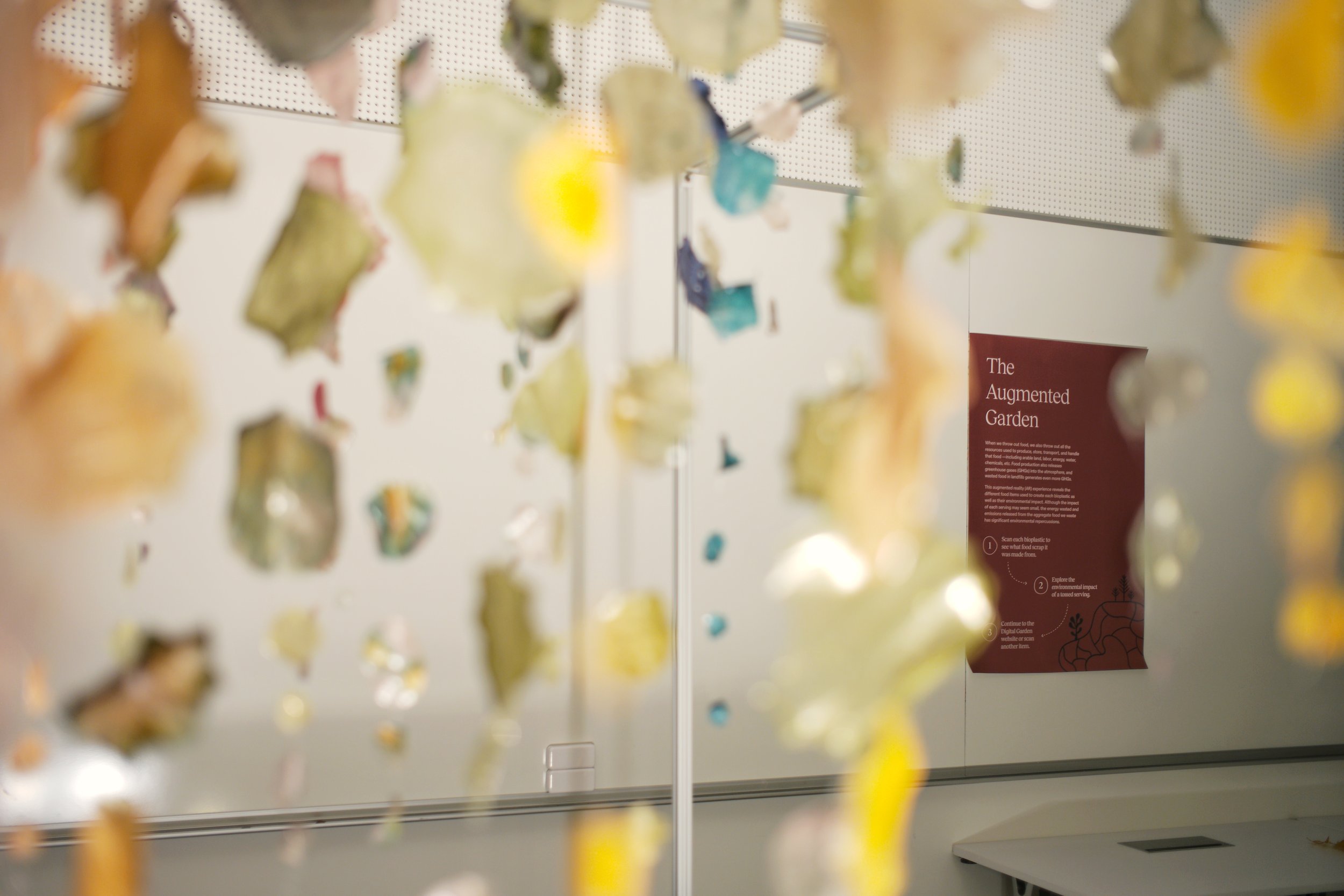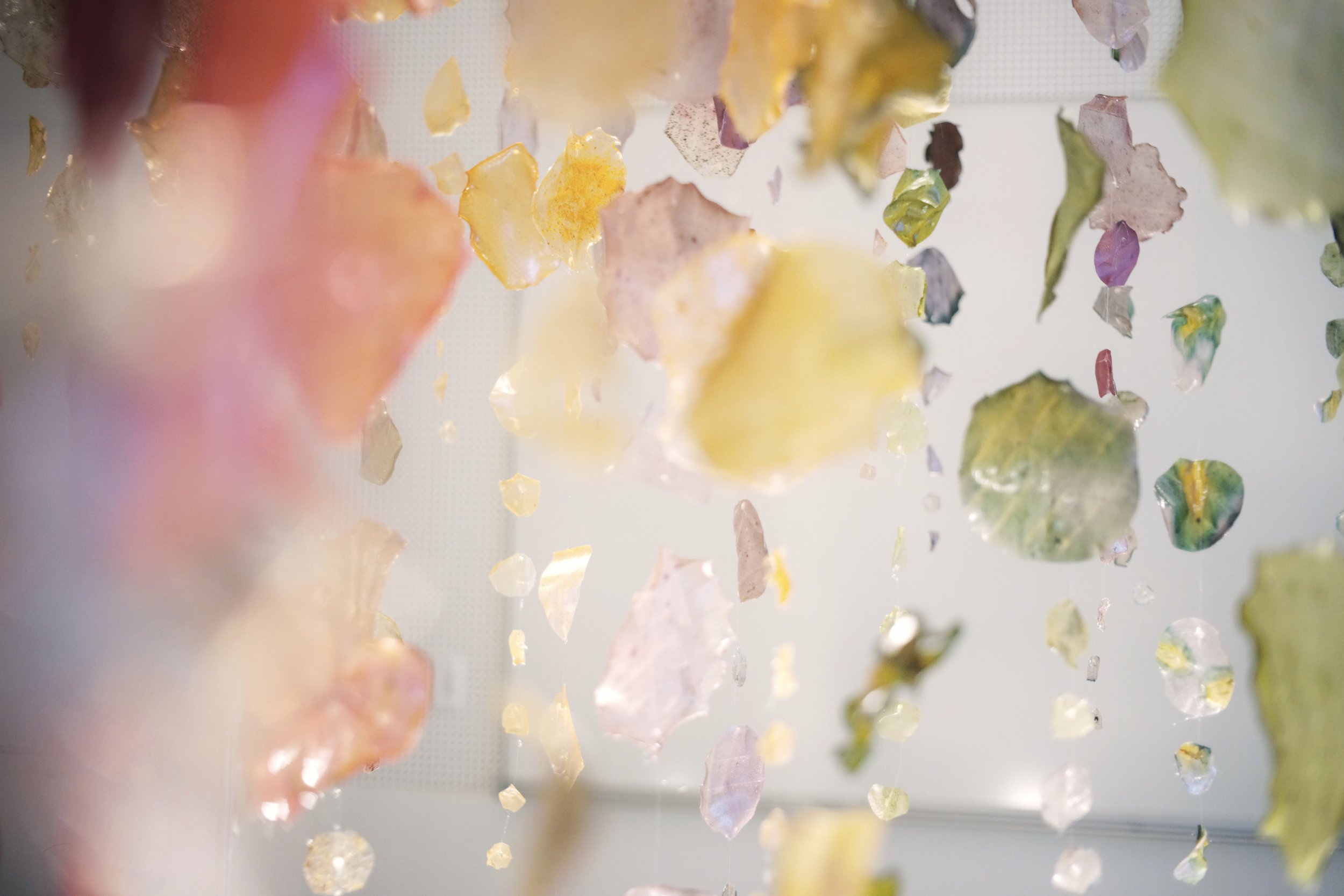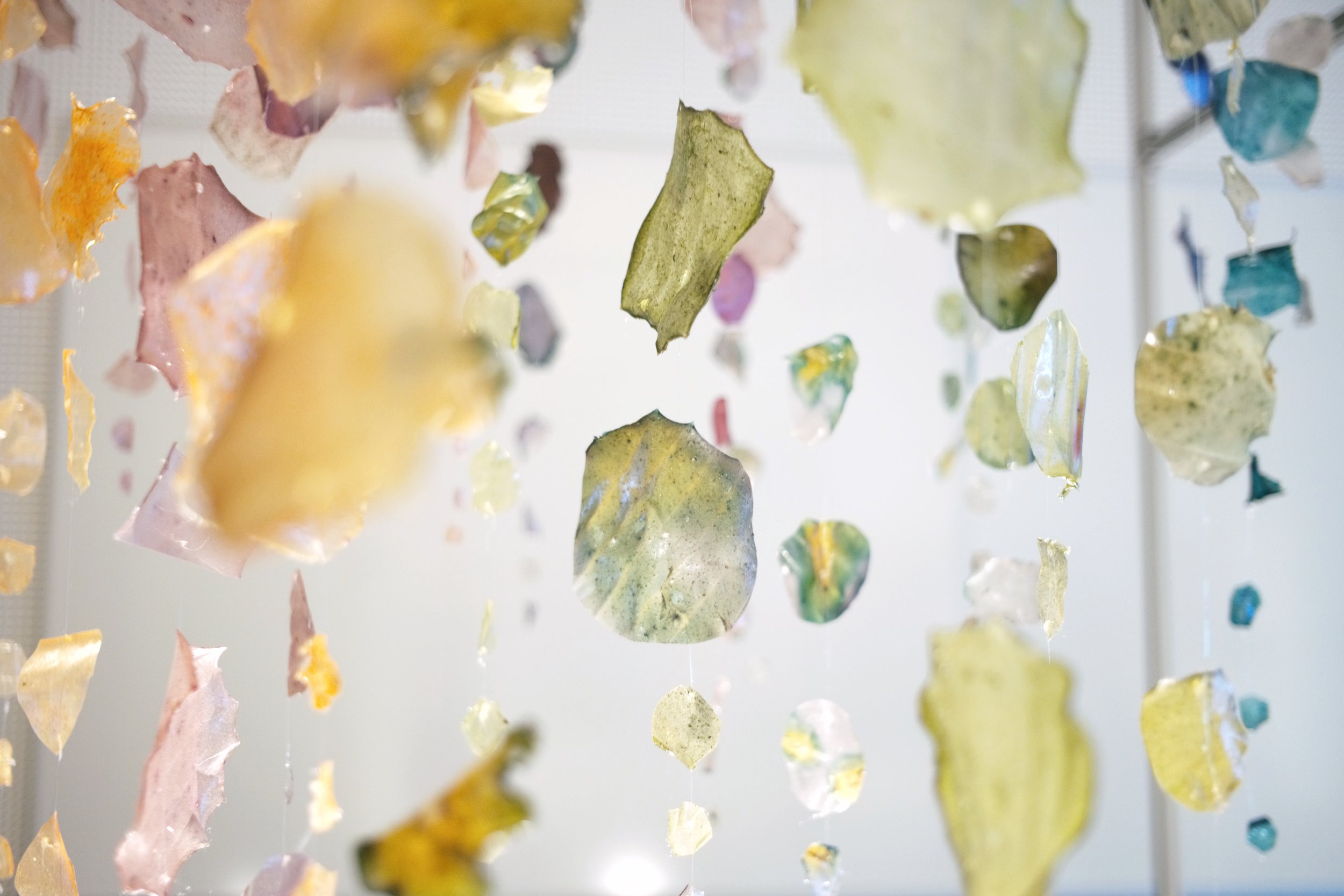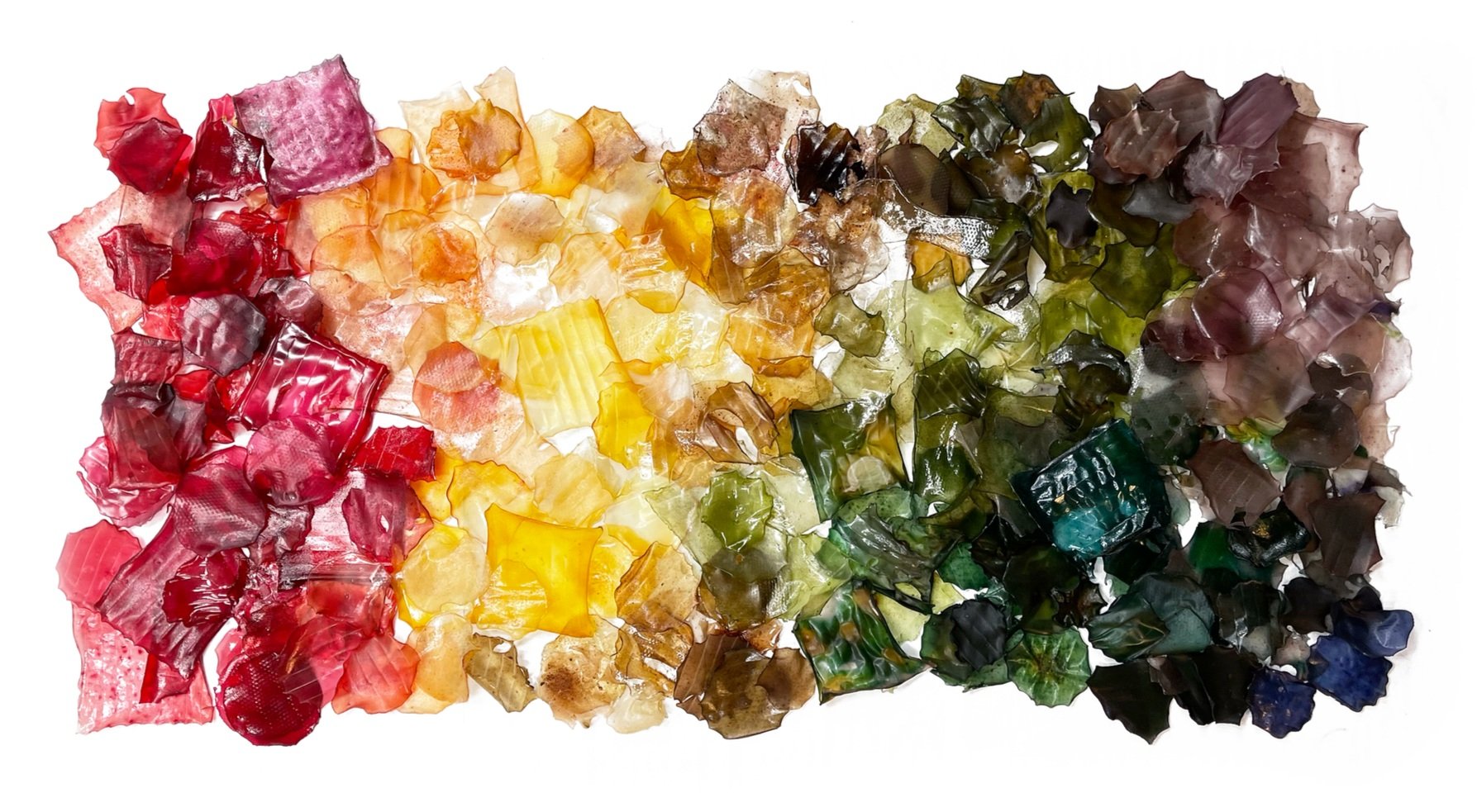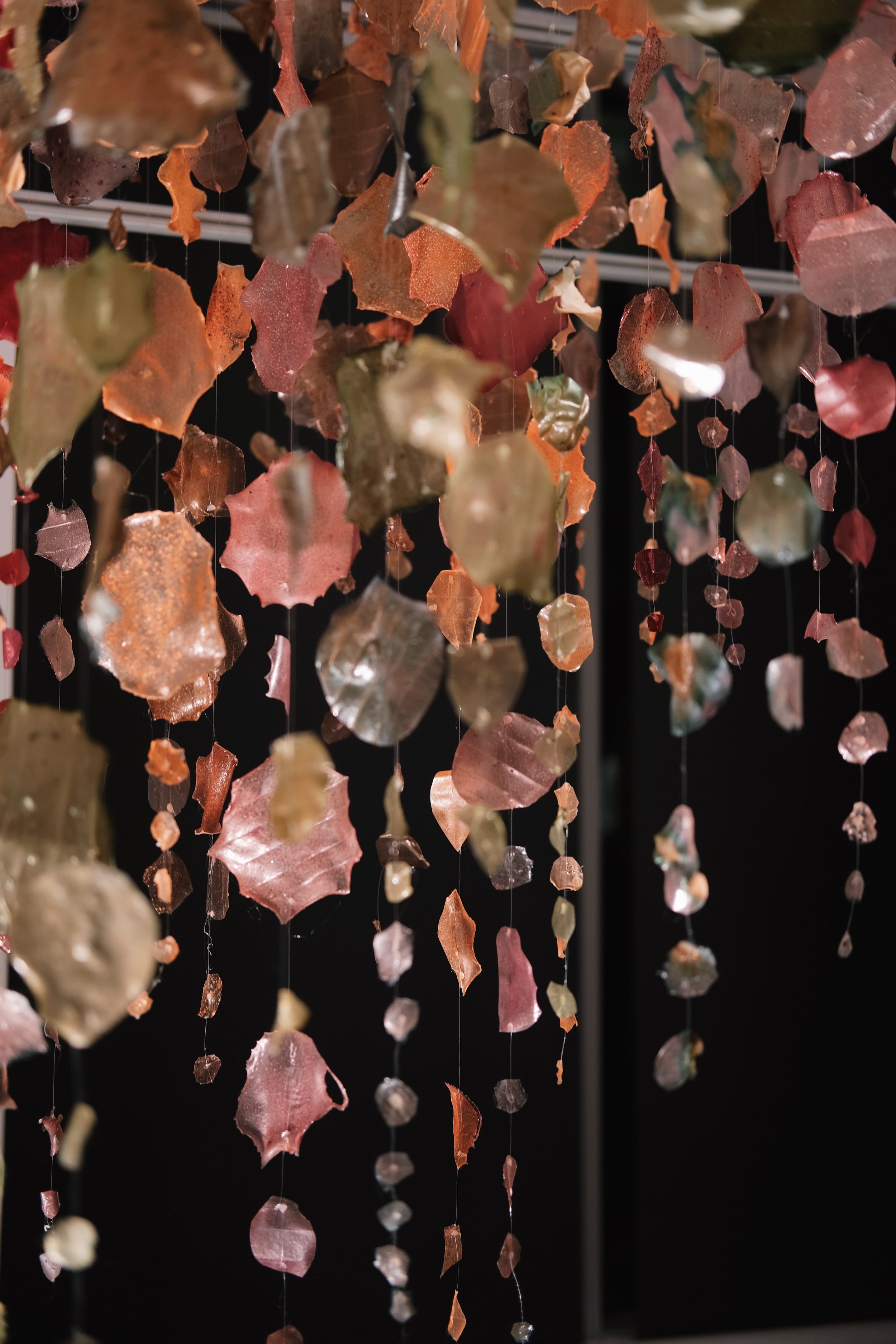
SKILLS
Experience Design / Augmented Reality / Web Design / Art Direction / Fabrication / Illustration / Photography

1/3 of all the food in the world is wasted.
An average US household throws away $1,866 of food per year which has an aggregate value of $240 billion annually. However, measuring the monetary value only paints a portion of the picture. When we throw out food, we are also throwing out all the resources used to produce, store, transport, and handle that food — including arable land, labor, energy, water, chemicals, etc. Food production also releases greenhouse gases (GHGs) into the atmosphere, and wasted food in landfills generates even more GHGs.
Based on research that up to 584K tons of food waste can be reduced through education, we selected art and education as mediums to communicate the gravity of the food waste challenge. We hope that by creating a visceral emotional response through art, the conversation about food waste becomes more personal and incites a sense of ownership, participation, and agency in the food system.
By creating something beautiful out of the leftover, the discarded and the imperfect, The Garden We Waste implores viewers to consider if the food they waste truly needs to be wasted, or if it deserves a chance to be cherished and consumed.
The Garden We Waste consists of three interconnected experiences:
The Garden Installation
Viewers are unwittingly drawn into the food waste problem through a captivating installation.
The Augmented Garden
Through augmented reality, viewers uncover the food waste item each bioplastic is made from as well as its environmental impact.
The Garden Website
Viewers learn more about food waste and steps they can take to “save” their food.
The Garden Installation
Reminiscent of a canopy of flowers, the Garden We Waste creates a lively garden in an unexpected setting, inviting viewers to rethink the relationship between humans and food waste.
By creating bioplastics from fruits and vegetables — the most commonly wasted food items at home — we transformed waste into a new form that disguises the truth of food waste behind a beautiful, colorful facade.
The Augmented Garden
The Augmented Garden peels away the beautiful facade of the installation and reveals the carbon emissions created and resources required to produce the food that we throw away. By doing so, we aim to evoke a sense of responsibility within viewers to be more conscious of the food they waste.
The food waste item used to create the bioplastic is revealed.
Viewers interact with the AR to understand the impact of throwing out the food item.
Viewers can continue to the website to learn more about food waste and tips on how to keep their food for longer.
The Garden Website
CREATING BIOPLASTICS
VISUAL IDENTITY & COLLATERAL
AUGMENTED REALITY DESIGN PROCESS
Tools Used: Blender, Unity, Adobe Aero, Adobe Dimension

